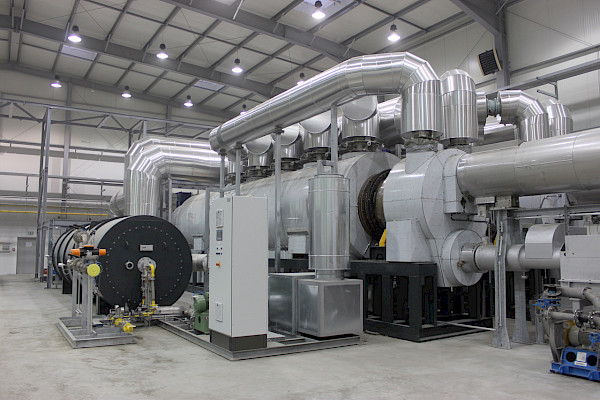-

Carbon Char Upgrading

At Klean Industries, the KleanTeam has been pioneering the recovered carbon back (“rCB”) sector for over 20 years. This is a fact: long before rCB was recognized as such, we were already producing it and finding new and exciting uses to maximize the value of rCB. We proudly offer all the knowledge and expertise we have gained over this time to our clients. Our knowledge base is so extensive that our team has forgotten more than almost any current “so-called” experts; these experts are still learning what we know.
Producing premium recovered carbon black (rCB) and establishing ourselves as a leader in the space can only be achieved through dedicated time in the rCB industry, which involves building projects. Unlike other equipment vendors that offer standalone machines, we are proud to provide a comprehensive, high-performance system designed as a customizable, complete package explicitly built for diverse tire-derived char.
Our innovative, customizable modular solution empowers clients to transform any tire-derived char into premium rCB, all backed by our commitment to performance guarantees. We go the extra mile by assisting clients in securing long-term contracts before system installation, laying the groundwork for a robust return on investment.
Learn how we can finance the equipment for your project » GO.
While tire-derived char is unusable in all carbon black applications, our process significantly enhances its value by creating a highly refined and engineered product that can and is used in many applications alongside virgin carbon black (“vCB”) and as a complete replacement for vCB. Many users prefer pelletized rCB for improved handling and reduced logistics costs. Our expertise in size reduction, temperature control, binder selection, and dryer types ensures the production of top-quality pellets.
Klean Industries offers a comprehensive turnkey technology solution for tire pyrolysis companies, encompassing critical processes such as material handling, homogenization, milling, classification, pelletizing, drying, and packaging.
Klean Industries offers a fully modular solution that is manufactured and ready for shipment within 60 days of receiving the purchase order. Our extensive global project management experience ensures that schedules and budgets are met, allowing us to complete equipment manufacturing more quickly and cost-effectively. This approach guarantees a faster return on investment for our customers.
The KleanTeam designed and installed over a dozen tyre pyrolysis char-upgrading plants in India, Malaysia, Taiwan, Japan, the United States, Germany, and Poland. The team has also supplied many other projects with Klean Industries’ equipment, which includes owner-installed processing plants designed explicitly for upgrading tyre pyrolysis char.
By working together, we can create a significant impact by supplying high-quality, sustainably sourced circular materials while also reducing carbon intensity in the rubber, plastics, and colorant industries.
This section of our website will review some projects where Klean Industries technologies created truly beneficial circular outcomes.

Converting recovered carbon black into battery-grade graphite for vehicle electrification.
[Learn More >> GO]
Commercializing the most profitable and continuous tyre pyrolysis technology in Europe
[Learn More >> GO]
Turning low-value pyrolysis char into high-quality recovered carbon black fillers for new rubber and plastic product manufacturing.
[Learn More >> GO]We support our client’s through our quoting and project development by providing a wealth of information and specifications about Klean Industries systems and technologies.
©2025 All Rights Reserved. Terms of Use